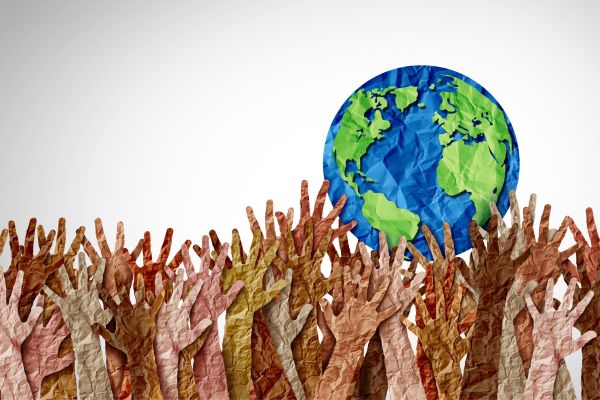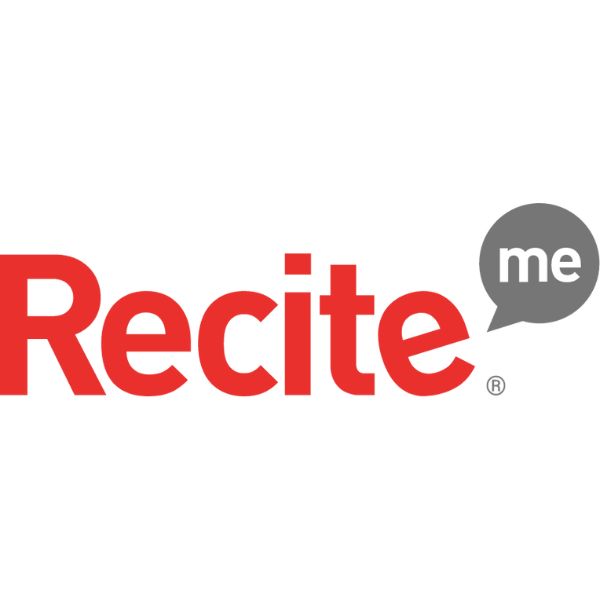Insights
INSIGHTS
All Topics
My Account
Data is the new plastic
31 May 2022by Joe Lepper
Charities can act now to limit the environmental damage caused by the storage of unnecessary data
Is data the new plastic? Latest figures certainly suggest there is plenty that should be done now by all organisations to limit how much data is being stored and its impact on the planet.
According to the International Energy Agency data centres consume around 1% of all global electricity demand and contribute to 0.3% of all global emissions. By 2025, it has been predicted that data centres will account for 3.2% of total global carbon emissions. By 2040 the proportion could reach 14%.
As computer use increases, and more data is collected and stored digitally, this impact to the environment is likely to worsen unless action is taken.
Charities, as organisations set up for public good, arguably have a duty to help global efforts to minimise technology’s impact on the environment.
Here we look at ways charities can do their part to cut down on unnecessary data storage and support efforts to reduce digital’s impact on the planet.
Ensure data centres are eco-friendly
Charities are urged to select storage providers that are adopting environmentally friendly techniques to limit their use of energy. This includes developing improved cooling systems that use less energy. Microsoft, for example, has been looking at techniques of submerging server racks in specially designed fluids and powering data centres through offshore renewable energy.
It is estimated that around 40% of data centres energy is used to cool IT equipment, highlighting the pressing need to invest in low energy cooling systems to store data. Investment in data centres’ processors that have a focus on boosting power using low energy consumption is also important.
Charities should ask questions around cooling systems and how centres are powered, including:
- How much energy is consumed by centres in terms of heating and lighting as well as security systems?
- Is unused space in centres consuming energy?
- How many watts are used per gigabyte of storage?
- What proportions of data is stored on premises and how much via the cloud?
- How much renewable energy, such as wind, solar, and hydropower is used to power centres?
Remove unnecessary data
Charities also need to look at ways they can limit the amount of data they are using. Instead of hoarding all their data, just in case it is needed, charities are urged to take steps to remove unnecessary data. Charities need to ask themselves why data is being stored. Is it for regulatory reasons? And if so, for how long must the data be kept?
Regular life cycle checks on data can help to remove old and unnecessary content that is adding to the environmental cost to the planet. IT managers should also consider the quality of data that is being collected to ensure that only relevant parts are kept.
Charities can reduce data by using integration techniques to merge different data together, perhaps visually or by cutting down the number of spreadsheets involved. Avoiding duplication of data is also important as is streamlining data collection methods.
Be careful of the cloud
The cloud has revolutionised how organisations can store data. But be careful as cloud storage providers’ data centres can consume vast amounts of energy.
Every time data is sent to a cloud storage provider energy is used on top of energy to power their multiple centres. While storing data via the cloud may appear more economical and convenient, it comes at a cost to the planet.
Go local
Storing data in house locally can help the environment by reducing energy costs. While there is an increase in charities’ energy costs to run servers’ storage devices, heating, and lighting, the overall impact on the planet will be considerably less than the power used by large commercial data storage centres.
Such a strategy is not without risks, such as physical damage to stored data. But the impact on helping the planet can be a strong motivating factor in adopting this method.
Pay attention to hardware
Data is often stored using Hard Disk Drives (HDDs), which require considerable energy as they are highly mechanical and process data using rapidly moving parts. Charities are urged to consider alternative, more energy efficient hardware to store data. Consider the following, for example:
- Solid State Drive (SSD) – these have no moving parts and are not only more energy efficient but also more powerful than HDDs
- Low Power Mode – ensure disk drives that are not being used are switched to low power mode
- Tape storage – This is a method whereby data is on a magnetic tape to enable storage offline. Although tape drives and hardware generate heat the tape itself does not, thereby saving energy
- Server virtualisation – this technique uses software to convert one physical server into multiple virtual servers. This reduces the amount of hardware used, to help keep the cost of technology to the environment down further
More on this topic
Recommended Products
Featured Products
Our Events
Charity Digital Academy
Our courses aim, in just three hours, to enhance soft skills and hard skills, boost your knowledge of finance and artificial intelligence, and supercharge your digital capabilities. Check out some of the incredible options by clicking here.

















